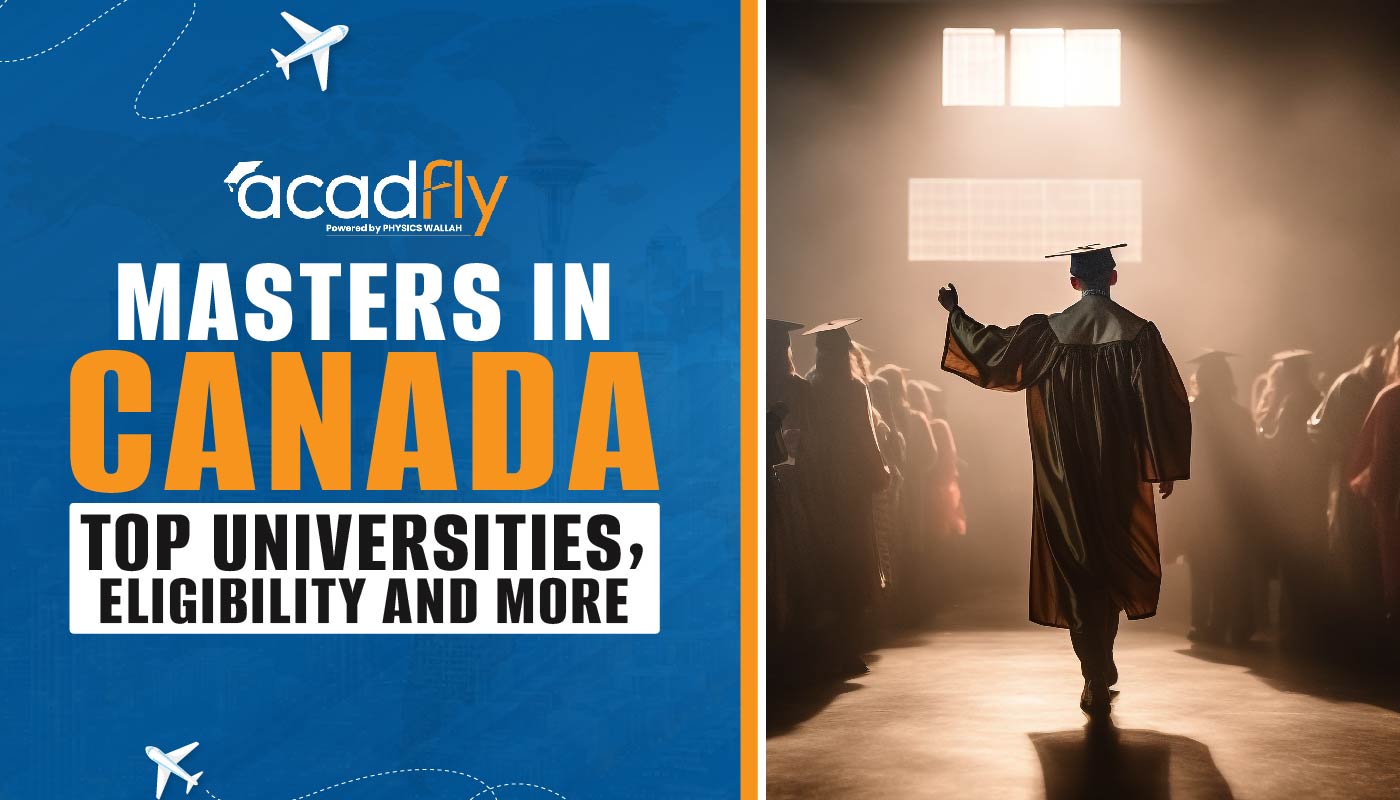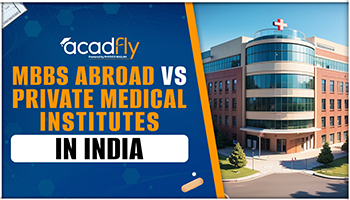
As globalization broadens horizons, many Indian students are choosing to study MBBS abroad due to factors such as affordability, accessibility, and the promise of quality education. However, obtaining a foreign medical degree is only part of the journey for aspiring doctors who plan to practice in India. Recognition of these degrees by the Indian medical regulatory authorities is a critical step. This article provides an in-depth analysis of the process, challenges, and tips to ensure the smooth recognition of foreign MBBS degrees in India.
Why Recognition is Crucial
Recognition of foreign MBBS degrees ensures that doctors trained outside India meet the standards required to practice medicine in the country. Without this recognition, graduates are not eligible to register with the state medical councils or the National Medical Commission (NMC). This impacts their ability to work in hospitals, set up private practices, or pursue postgraduate studies in India.
Key Reasons for Recognition:
-
Patient Safety: Ensures that practitioners possess adequate knowledge and skills.
-
Standardization: Maintains a uniform standard of medical practice across the country.
-
Global Mobility: Graduates with recognized degrees have opportunities for further training and employment globally.
The Role of the National Medical Commission (NMC)
The NMC, previously the Medical Council of India (MCI), is responsible for regulating medical education in India and recognizing foreign medical qualifications. Its primary responsibilities include:
-
Verifying that the foreign medical university is recognized by its home country.
-
Ensuring that the medical program abroad aligns with Indian MBBS standards.
-
Overseeing the licensure process for foreign graduates through exams like FMGE or NExT.
NMC Guidelines for Studying MBBS Abroad:
-
Students must qualify for the NEET-UG examination before enrolling in a foreign medical university.
-
The foreign university must be listed in the World Directory of Medical Schools (WDOMS).
-
The medical program must have a minimum duration of 54 months, excluding internship.
-
Clinical training must include hands-on patient care and diagnostics.
The Foreign Medical Graduate Examination (FMGE)
The FMGE is a mandatory licensure exam for Indian citizens with foreign medical qualifications. It serves as a quality check to ensure that foreign-trained doctors meet Indian medical standards.
|
Feature |
Details |
|
Conducted By |
National Board of Examinations (NBE) |
|
Eligibility |
Valid foreign MBBS degree |
|
Frequency |
Twice a year (June & December) |
|
Pass Percentage Required |
50% (150 out of 300 marks) |
|
Subjects Covered |
Pre-clinical, Para-clinical, Clinical |
Common Challenges in FMGE:
-
Low Pass Rate: Historically, the pass rate for FMGE has been around 10-25%, indicating the exam’s difficulty.
-
Syllabus Differences: Foreign curricula may not emphasize subjects critical to Indian medical practice, such as tropical medicine.
-
Preparation Gap: Many students face challenges transitioning from the foreign education system to Indian exam patterns.
National Exit Test (NExT): The Future of Licensure
To streamline the licensure process, the NMC plans to replace FMGE and NEET-PG with the National Exit Test (NExT). This unified exam will serve dual purposes:
-
Granting licenses to both Indian and foreign medical graduates.
-
Acting as a qualifying exam for postgraduate medical programs in India.
Expected Advantages:
-
Uniform Standards: Evaluates all medical graduates on the same platform.
-
Comprehensive Assessment: Tests both theoretical knowledge and clinical skills.
-
Increased Transparency: Simplifies the licensing process for foreign graduates.
Popular Destinations for MBBS Abroad
Many Indian students choose to pursue MBBS in countries like Russia, Ukraine, China, and the Philippines due to lower costs and easier admission processes. However, these destinations vary in terms of their FMGE pass rates and curriculum compatibility with Indian standards.
|
Country |
Program Duration |
Language of Instruction |
Approximate Fees |
FMGE Pass Rate |
|
Russia |
6 years |
English/Russian |
₹20-35 lakh |
10-15% |
|
Ukraine |
6 years |
English/Ukrainian |
₹25-30 lakh |
15-20% |
|
China |
6 years |
English/Chinese |
₹20-40 lakh |
5-10% |
|
Philippines |
5.5 years |
English |
₹20-30 lakh |
25-30% |
|
Kazakhstan |
5 years |
English/Kazakh |
₹15-25 lakh |
15-20% |
Observations:
-
Countries with English-medium programs (e.g., the Philippines) tend to have higher FMGE success rates.
-
Local language requirements in countries like China and Russia can pose challenges during clinical training.
Challenges Faced by Foreign Medical Graduates
While studying abroad offers several advantages, Indian students often face the following hurdles when returning:
-
Licensure Exams: The FMGE/NExT exam can be difficult without targeted preparation.
-
Curriculum Gaps: Many foreign programs lack emphasis on diseases and conditions common in India, such as malaria or tuberculosis.
-
Internship Requirements: Foreign-trained doctors may need to complete an additional internship in India.
-
Cultural Adjustments: Students trained abroad may face difficulties adapting to India’s medical system and patient expectations.
How to Ensure Degree Recognition
For students considering MBBS abroad, the following tips can ensure smooth recognition of their degree:
-
Check NMC Recognition: Verify that the university is listed in the WDOMS and recognized by the NMC.
-
Understand Curriculum Requirements: Ensure the program includes sufficient clinical training.
-
Focus on FMGE/NExT Preparation: Begin preparing for the licensure exam early to bridge curriculum gaps.
-
Seek Expert Guidance: Consult agencies or alumni for insights into the recognition process.
-
Consider Language Proficiency: Opt for programs in English to avoid language barriers during clinical training.
8. Recent Updates and Reforms
The NMC has introduced several reforms to improve the recognition process for foreign MBBS degrees:
-
Increased Scrutiny: The NMC has begun de-listing foreign universities that do not meet its standards.
-
Internship Reforms: Standardized internship requirements now apply to both foreign and Indian graduates.
-
Digital Verification: Streamlining the verification process of foreign degrees through online platforms.
-
Focus on Quality: Encouraging students to choose universities with high academic standards and FMGE pass rates.
Advantages of Foreign MBBS Programs
Despite the challenges, foreign MBBS programs offer several benefits:
-
Affordable Fees: Many countries provide high-quality education at a fraction of the cost of private medical colleges in India.
-
Global Exposure: Students gain diverse clinical experiences, often in technologically advanced settings.
-
Research Opportunities: Some international programs emphasize research, encouraging innovation.
Conclusion
Recognition of foreign MBBS degrees in India is a multi-step process that ensures foreign-trained doctors meet the national standards. With initiatives like the NExT exam and increased scrutiny of foreign universities, the process is becoming more transparent and efficient. Aspiring students must diligently research their options, prepare for licensing exams, and align their education with Indian requirements to achieve success in their medical careers.
Frequently Asked Questions
1.Is a foreign MBBS degree recognized in India?
2.What is the FMGE exam, and do I need to pass it to practice in India?
3.Which foreign universities are recognized by the Medical Council of India (MCI)?
4.Can I practice medicine in India after completing my MBBS from a foreign university?
5.What are the requirements for registering as a doctor in India with a foreign MBBS degree?









